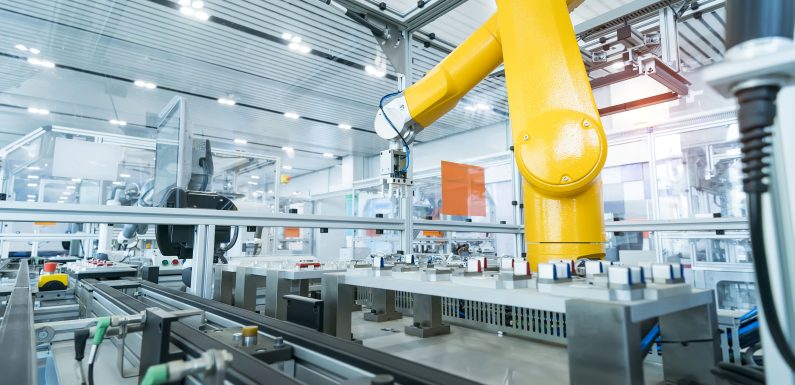
The gold standard for measuring manufacturing productivity is OEE (Overall Equipment Effectiveness). Simply explained, it determines and helps in calculation with the preferred OEE index and calculator the amount of time spent manufacturing that is genuinely productive in the production with the given formula. An OEE of 100 percent indicates the calculation that is that you are producing with the production of only Good Parts as quickly as possible, with no Stop Time. That means 100 percent quality (only good parts), 100 percent performance (as quickly as feasible), and 100 percent availability in OEE terms (no Stop Time).
OEE measurement is a best practise in manufacturing and its calculation with the preferred OEE index and calculator and formula in the production. Important insights on SAP and how to systematically improve the manufacturing process can be gleaned by evaluating and calculation of the OEE and the underlying losses. OEE is a useful statistic for discovering losses in the cost, benchmark progress in the cost, and increasing manufacturing equipment productivity with good and required cost and formula. (i.e., eliminating waste)
Seiichi Nakajima created the word “OEE.” It is based on the labour SAP efficiency philosophy and calculation of Harrington Emerson. OEE is a generic term that can be used to compare production with the given right cost units across industries and help in its calculation and formula. It is not an absolute measure, however, and is best used to determine the potential for process performance improvement and how to achieve it. OEE or Overall Equipment Effectiveness is frequently used as a key performance indicator (KPI) in conjunction with lean manufacturing efforts to provide a success indication. A brief description of the six metrics and benchmark that make up the system can help explain OEE (the “Six Big Losses”).
There are three OEE or Overall Equipment Effectiveness factors, each of which considers a distinct sort of loss SAP. Availability, Performance, and Quality are the three factors.
- Availability Of OEE
Availability considers Availability Loss and its calculation and formula for the loss of the cost with preferred calculator, which covers any circumstances that cause planned output to be halted for an extended period of time (usually several minutes; long enough for an operator to log a reason). Unplanned Stops and its calculation with preferred calculator, (such as equipment failures and material shortages) and Planned Stops are examples of items that cause Availability Loss (such as changeover time). Because it is time that could otherwise be employed for manufacturing, changeover time is included in the OEE or Overall Equipment Effectiveness analysis. While it may not be possible to benchmark completely eliminate changeover time, it can usually be greatly reduced. SMED’s purpose is to reduce changeover time SAP (Single-Minute Exchange of Die). Run Time is the amount of time left after Availability Loss has been deducted.
- Performance Of The OEE
Performance accounts for Performance Loss in the production and formula with the given or stated or preferred cost and benchmark, which is anything that causes the manufacturing process to run at less than full speed when it is running and calculation (Including both Slow Cycles and Small Stops). Machine wear, inferior materials, misfeeds, and jams are all examples of items that cause Performance Loss and overall asset effectiveness. Net Run Time is the time remaining after Performance Loss has been deducted.
- QUALITY OF OEE
Quality considers Quality Loss, which is the number of manufactured items that do not fulfil quality standards. Scrap and parts that need to be reworked are examples of things that cause Quality Loss. OEE or Overall Equipment Effectiveness Quality is related to First Pass Yield and SAP in that it defines Good Parts as parts that pass through the manufacturing process without requiring any rework the first time for the given cost and overall asset effectiveness. Fully Productive Time is the time remaining after Quality Loss has been deducted.
OEE how to calculate with preferred calculator
It’s easier to take action against the underlying causes of lost productivity when you apply the preferred OEE index and calculator for OEE how to calculate that is, A x P x Q = OEE index, for overall equipment effectiveness berechnung.
OEE how to calculate with simple calculation that are easy to do
The ratio of Fully Productive Time to Planned Production Time is the simplest approach to compute OEE or Overall Equipment Effectiveness. Manufacturing just Good Parts as quickly as feasible (Ideal Cycle Time) with no Stop Time is referred to as Fully Productive Time. As a result, the calculator is:
OEE= (good count x ideal cycle time)/ planned production time

